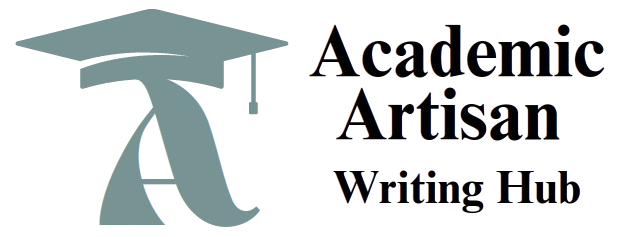WhatsApp Number: +1(249) 265-0080
Computer Architecture and Ergonomics
- Describe the five major components and architecture of a computer of a computer and the function of each component (Do not just list these components).
- Describe five input and five output devices (Please be sure to describe and not just list the devices)
- Some of the adverse health effects of computers include repetitive stress injuries, eyestrain and headache, and back and neck pains. We also consider the effects of electromagnetic fields and noise. Provide five ways to avoid repetitive stress injuries after exploring the websites below:
Check our essay writing services here
Computer Architecture and Ergonomics
Abstract
This paper explores the five major components of a computer’s architecture, detailing their functions and interconnections, and describes five input and five output devices, emphasizing their roles in user interaction. Additionally, it addresses repetitive stress injuries (RSIs), a significant health concern associated with prolonged computer use, by proposing five evidence-based prevention strategies informed by resources from KidsHealth, EECS, and Ergonomics websites. The analysis aims to provide a comprehensive understanding of computer systems and promote healthy computing practices, aligning with ergonomic principles to enhance user well-being.
Introduction
Computers are integral to modern life, underpinning education, work, and communication. Understanding their architecture, including the major components and their functions, is essential for appreciating how they process and manage data. Equally important are the input and output devices that facilitate user interaction. However, prolonged computer use poses health risks, such as repetitive stress injuries (RSIs), which affect 1.8 million U.S. workers annually (Bureau of Labor Statistics [BLS], 2024). This paper describes the five major computer components, details five input and five output devices, and proposes five strategies to prevent RSIs, drawing on credible sources to ensure practical and evidence-based recommendations.
Five Major Components and Architecture of a Computer
The architecture of a computer comprises five interdependent components that work together to execute tasks efficiently: the central processing unit (CPU), memory, motherboard, storage, and power supply. These components form a cohesive system, with data flowing through buses and….


